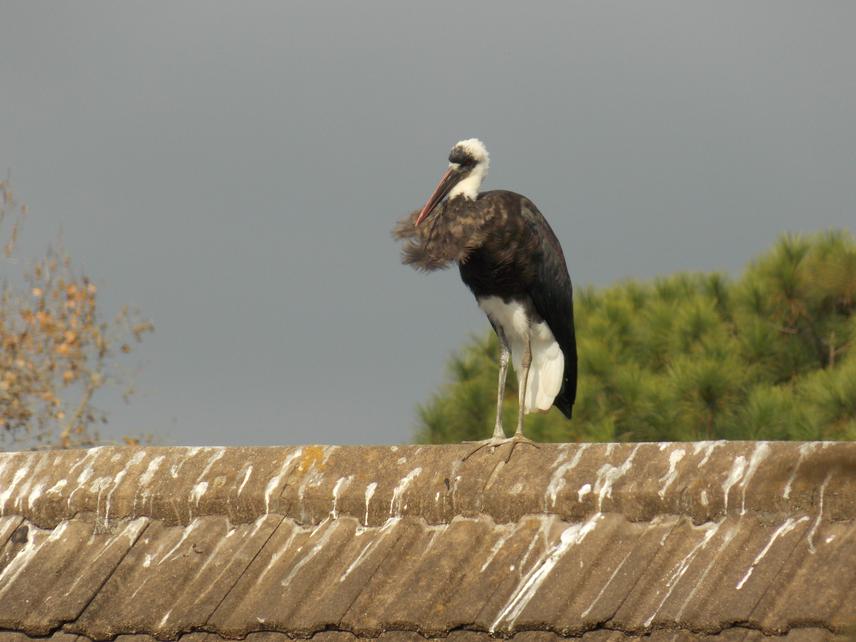Vuyisile Thabethe
The aim of this study is to examine the home range, habitat use and movement ecology of African woolly-neck storks in urban areas of KwaZulu-Natal, South Africa.

Land use change, is of major concern in developing regions, where urban areas are expanding both in size and number. The human population is now an urban-dwelling majority, which this is projected to reach five billion by 2030. The urbanization processes leads to a reduction in biodiversity due to the transformation of natural habitats into agricultural, industrial and urbanized areas. Consequently, most indigenous wildlife has been negatively impacted by urbanization. Despite the general trend of deprived biodiversity in urban areas, some native species may benefit from cities and conservation can be effectively applied in some urban areas. One species that has successfully coexisted with humans in urban areas is an African woolly-neck stork.
The African woolly-neck stork was once listed in the Red Data List for Endangered Species but has since been reclassified twice, and is now listed as Least Concern. The migratory status of this bird has also been changed to non-migrant. Population numbers of African woolly-neck storks have increased and they are being seen more frequently and permanently in urban and suburban areas around Pietermaritzburg and Durban. Although it is evident that the home range of the African woolly-neck storks is expanding, surprisingly little is known about this species Africa.
Therefore, the aim of this study is to examine, for the first time, home range and movement ecology of African woolly-neck storks in urban areas of KwaZulu-Natal, South Africa. Understanding, how avian species respond to land use changes provide important information for biodiversity conservation at the regional and global scale. With the increasing human population worldwide, it is important to understanding what determines the ability of some wildlife to exploit urbanized areas for biodiversity conservation. There is an increasing urgency to protect native biodiversity as the land transformation grows rapidly and extensively.